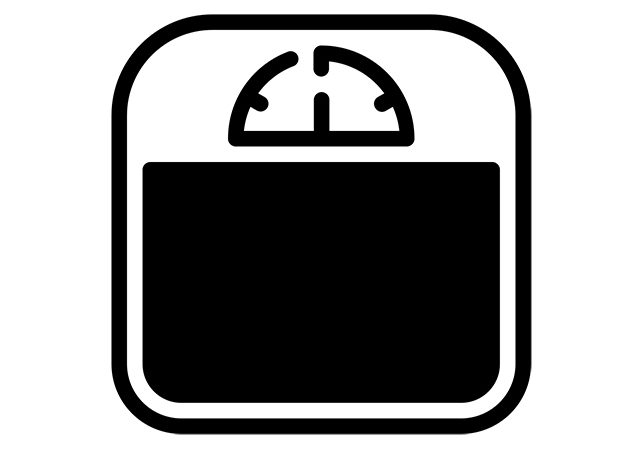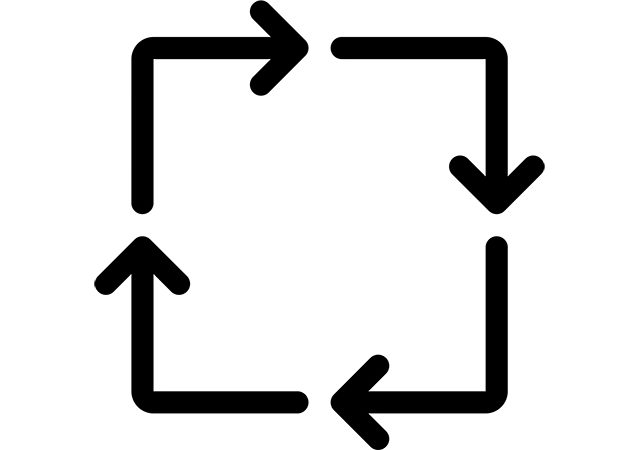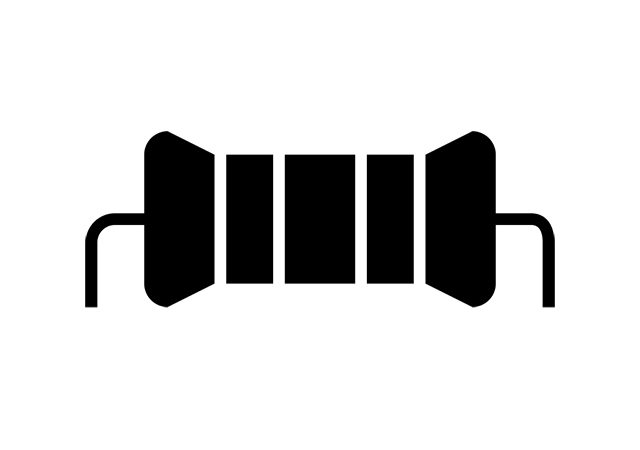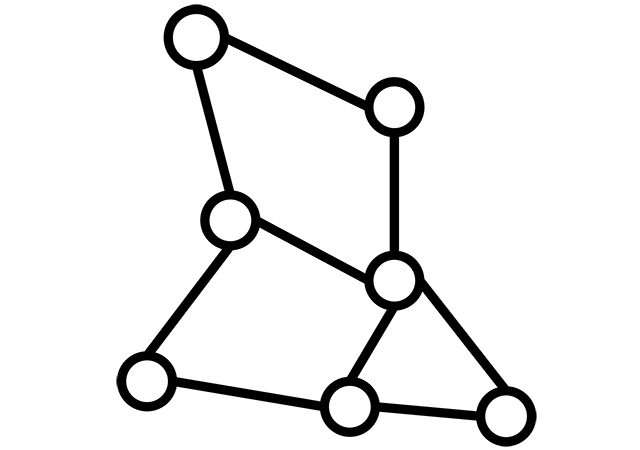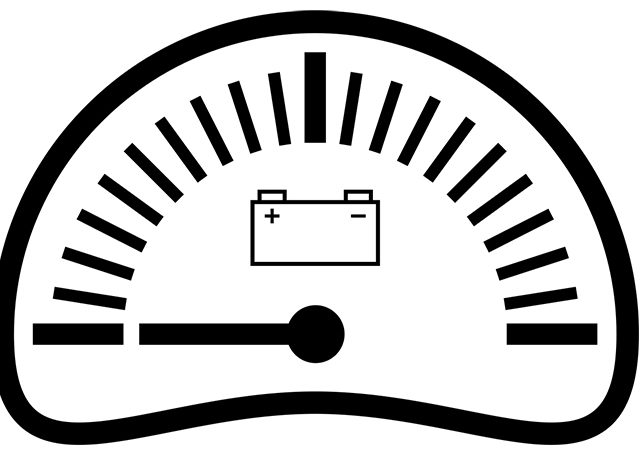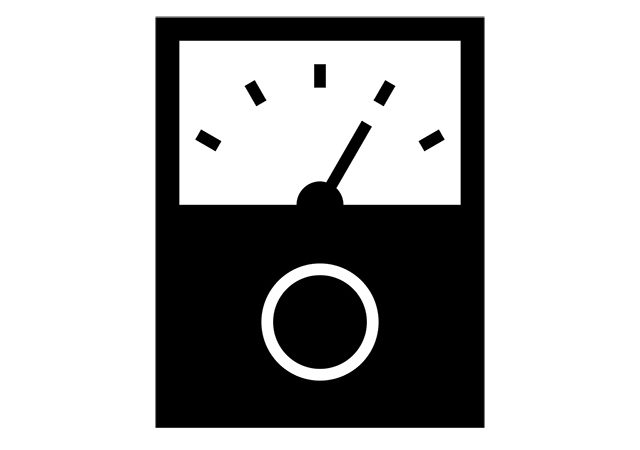Inductance is an ideal electric circuit component which is close to the inductor in its features and components - collecting the energy of magnetic…
Category: Learning
Passive elements – capacitance
Capacitance is an ideal element of an electric circuit, replacing the capacitor, storing the energy of electric field. Capacitance is marked with the letter C…
Replacing circuit components with ideal circuit elements
Let us talk about the importance of replacing real circuit components by their ideal circuit elements, taking into account complex factors. Representation of resistance,…
Linear electric circuits
Linear electric circuits and linear circuit elements are those where resistance, capacitance and inductance are not dependent on the current or voltage magnitude and…
Voltage division – equivalent resistance for series connection
Let us take two resistors R1 and R2 in series and voltage source V (figure below). Resistors are in series here and create a single-loop with…
Current division – equivalent resistance for parallel connection
Let us take n resistors R1 ... Rn connected in parallel with voltage source V. According to Ohm’s Law the same voltage goes through each resistor.…
Wye-Delta and Delta-Wye conversion
Usually electric circuit schemes appear complex where it’s not easy to find out parallel or serial connection for elements. Here below we will consider…
What is mesh and node analysis
This post answers the question "What is mesh and node analysis". This two techniques are both used as basic analysis methods for circuits. When…
Volt-ampere characteristics of a circuit part with source
Ohm’s Law can be applied to a piece of a circuit with a source, and we can draw a Volt-Ampere characteristic for this piece…
Kirchhoff’s Law application for circuits analysis
Basic laws of electric circuit theory are Kirchhoff's Laws – the law of the currents balanced in the circuit nodes (first Kirchhof's Law) and…



